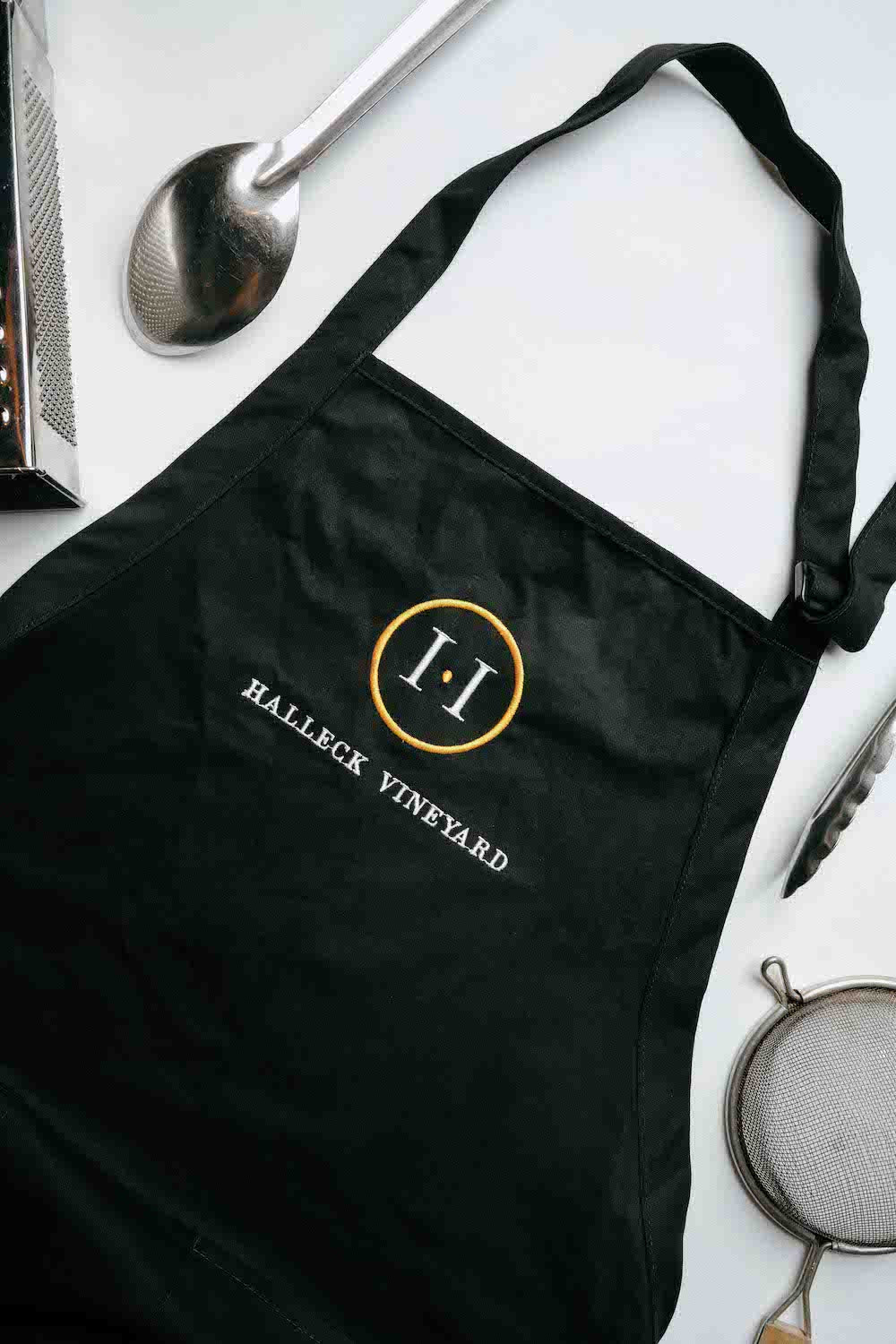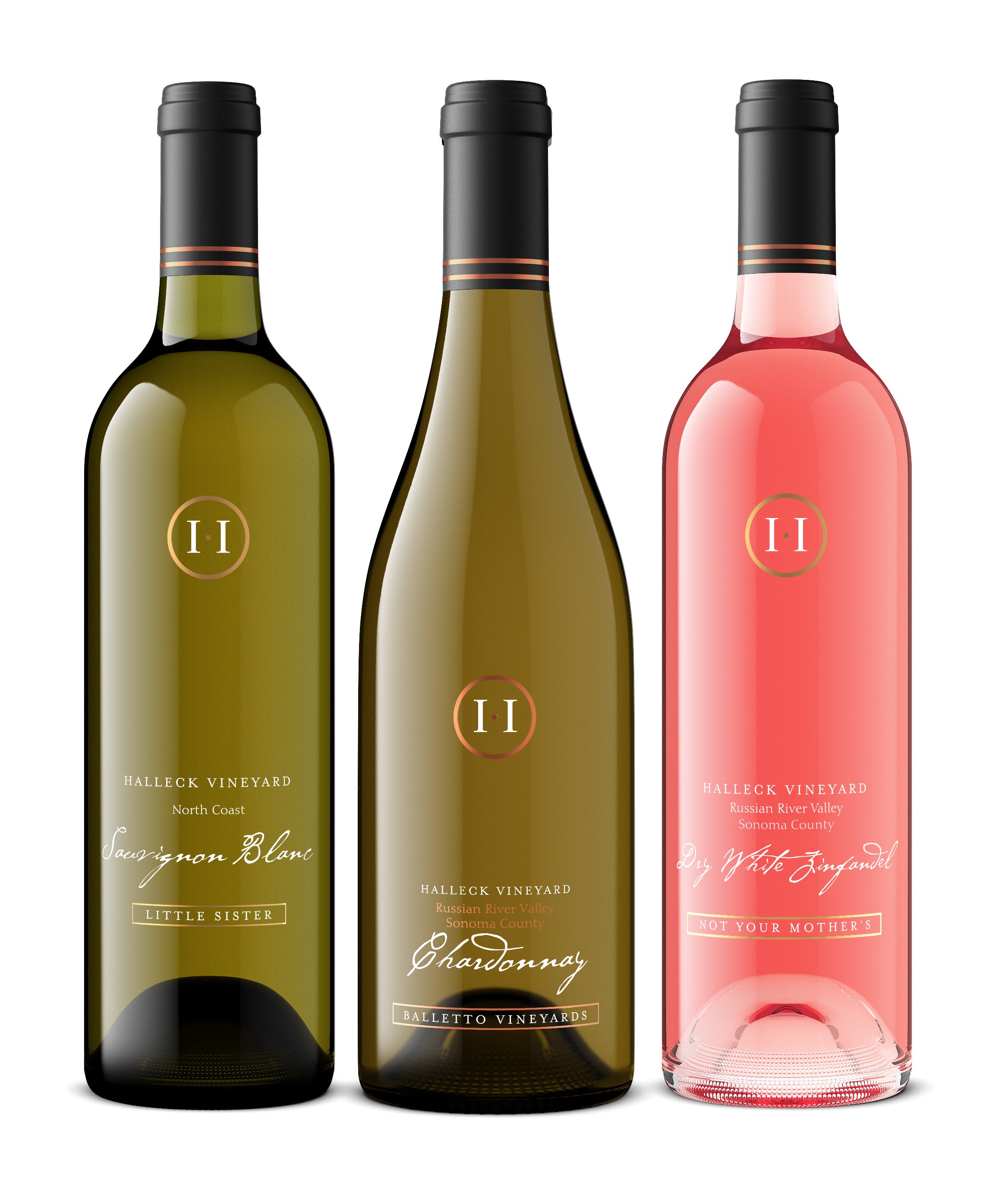Wineries Offering Educational Wine Seminars - Craft Wineries In Sonoma
Wineries Offering Educational Wine Seminars - Craft Wineries In Sonoma
Blog Article
Wineries That Host Harvest Festivals - Top Wineries To Visit In Sebastopol
Wine tasting is an art that combines sensory experience with an appreciation for the nuances of different varietals. How to evaluate flavors in winery wine tasting periods is pivotal to grasping the complexities of wine.
Participating in a wine tasting includes more than simply sipping and savoring. It requires a targeted approach to establish aromas and flavors that each wine presents. As you begin, observe the wine's look, noting its colour and readability. These visual cues typically suggest a wine’s age, grape selection, and even potential flavor profiles.
The subsequent step in the tasting process is to swirl the wine in your glass. This motion releases fragrant compounds which would possibly be very important for evaluation. Lean in and take a second to inhale deeply; the aromas can vary from floral and fruity to spicy and earthy. The nostril of the wine is simply as necessary as the palate, and recognizing scents performs a major function in understanding the general experience.
When taking your first sip, enable the wine to maneuver throughout your palate - Wineries Promoting Sustainable Farming. Notice the preliminary flavors that present themselves. Is the wine fruity, floral, or maybe herbaceous? This initial style offers insight into what the wine is likely to categorical as you continue to judge it. The mouthfeel also contributes to the general flavor experience; it can be silky, tannic, or even effervescent.
Charming Wineries With Views In Sonoma Valley - Sebastopol Area Wine Tasting
As you proceed tasting, take note of the wine’s stability. A well-balanced wine will harmonize acidity, sweetness, and tannins. If one element overwhelms the others, it'd indicate a less desirable quality. Evaluating steadiness can help you establish how properly the wine might pair with food.
Transitioning to the finish, consider how the flavors evolve because the wine lingers on your palate. A lengthy, nice end can indicate a high-quality wine, whereas a short or abrupt finish might recommend otherwise. Reflect on whether or not the flavors stay consistent or if new notes emerge as the wine settles. This progression can reveal complexities and intricacies that might not have been apparent in the initial tasting.
Temperature can be a crucial consider evaluating wine flavors. Different types of wine are optimally enjoyed at particular temperatures. White wines typically shine when chilled, while red wines typically perform greatest at room temperature. When tasting, make certain the wine is at the acceptable temperature to fully recognize its character.
Charming Wineries Offering Wine And Food Pairings - Sonoma Wine Tastings
Pairing food with wine can tremendously enhance the tasting experience. Foods can affect the perception of flavors in wine, either highlighting certain characteristics or diminishing them. When evaluating flavors, think about how the wine interacts with different foods, noticing which flavors are amplified or muted (Best Wineries For Sunset Views In Sebastopol).

Think About the influence of terroir as you engage in a winery tasting. Terroir encompasses the unique environmental elements that have an effect on grape growing, including soil composition, local weather, and geography. Understanding a wine's terroir can provide insight into its flavors and aromas, fostering a deeper appreciation for the alternatives made during its cultivation and manufacturing.
Schooling plays a fundamental role in enhancing one's capacity to evaluate wine flavors. Studying about grape varieties, wine regions, and manufacturing methods can pave the finest way for extra knowledgeable judgments during tastings. Additionally, attending workshops or classes can refine sensory skills and increase your flavor vocabulary, enabling you to articulate tasting notes more successfully.

Finally, it is essential to do not forget that evaluating wine flavors is a highly personal experience. Particular Person preferences and perceptions will invariably shape one’s tasting journey. Enjoyment ought to be on the forefront, with the evaluation process performing as a tool to boost understanding and appreciation somewhat than create inflexible tips.
Wineries Providing Guided Vineyard Walks - Wineries To Visit
In conclusion, mastering the way to evaluate flavors in winery wine tasting classes includes a mixture of sensory engagement, information, and practice. By studying to identify aromas, assess the steadiness, and appreciate the intricacies of flavor, wine enthusiasts can deepen their connection to each bottle they encounter. As with any art kind, the more one immerses themselves in the experience, the more they may uncover and benefit from the vast world of wine.
- Begin by observing the wine's shade and clarity, as these visible elements can trace at its flavor profile and growing older potential.
- Swirl the wine gently in your glass; this releases fragrant compounds, allowing you to raised determine the advanced scents related to the wine.
- Take a deep inhale before tasting, specializing in each major and secondary aromas to assemble insights on fruits, spices, and different nuances.
- When tasting, permit the wine to coat your palate; note the initial flavors, the mid-palate complexity, and the end as these phases can provide completely different flavor highlights.
- Pay consideration to texture and mouthfeel, as aspects similar to tannin levels, acidity, and sweetness contribute considerably to the general tasting experience.
- Compare flavors towards standard wine traits; for red wines, think about berry notes, oak affect, and natural tones, whereas whites could include citrus, stone fruits, and floral hints.
- Take notes through the tasting session to trace your impressions, serving to you to recollect and evaluate the different wines sampled.
- Focus On your findings with fellow tasters or winery employees, as sharing insights can enhance understanding and appreciation of particular person flavors.
- Enable time for the wine to breathe; generally, flavors evolve and reveal new dimensions after being exposed to air.
- Experiment with food pairings during the tasting as they can dramatically alter how flavors are perceived, influencing general enjoyment.undefinedWhat ought to I look for when evaluating the aroma of wine during a tasting?
Begin by swirling the wine in your glass to release its aromas. Deliver the glass to your nostril and take a deep breath. Pay attention to the first scents you detect, as these are often essentially the most distinguished. Look for fruit, floral, herbal, or earthy notes and try to identify specific characteristics, which can deepen your understanding of the wine's complexity.
Wineries With River Views - Wineries In The Sebastopol Region
How can I distinguish between totally different flavor profiles in wine?
Perceive that flavor profiles are often categorized as fruit, floral, herbaceous, spicy, or mineral. Take small sips and allow the wine to coat your palate. Notice the primary flavors that emerge first and the refined notes that comply with. This layering is crucial in distinguishing the wine's characteristics and can assist you to recognize its distinctive profile.
Elegant Wine Tasting Locations In Sonoma - Sebastopol Wine Experiences
What is the significance of the wine's texture in a tasting?
The texture of the wine, also known as mouthfeel, performs a vital role in how we understand flavors. Pay attention as to if the wine feels clean, creamy, or gritty. The body of the wine (light, medium, or full) can enhance or distinction with flavors, offering a extra rounded experience throughout tasting.
How do I assess the steadiness published here of flavors in wine?
Balance in wine refers back to the concord between acidity, sweetness, tannin, and alcohol. Take a second to evaluate whether these parts complement or interfere with one another. A well-balanced wine may have none of its parts overpowering the others, creating a nice tasting experience.
Wineries Focusing On Single Vineyard Wines - Sonoma Vineyard Tours
What role does temperature play in evaluating wine flavors?
Temperature can significantly impact the notion of flavors. Typically, purple wines are greatest served slightly under room temperature, while white wines take pleasure in being chilled. As the temperature modifications, the aromas and flavors can shift, permitting you to perceive totally different characteristics. It’s essential to taste wine at its optimal temperature for true evaluation.
Wineries With Live Music Events Occasionally - Sonoma Valley Vineyards And Wine Tasting
How can I improve my tasting skills over time?
Practice is vital to enhancing your tasting skills. Wineries With A Focus On Syrah. Attend tastings, keep a journal of your experiences, and explore several varieties of wines to broaden your palate. Additionally, learning about wine manufacturing and grape varieties can provide context that enhances your analysis course of, making you a extra informed taster.
Is there a selected order in which I should taste the wines?
Wineries With River Views - Iconic Wineries Of Sebastopol
Yes, it’s advisable to style wines from light to full-bodied and dry to candy. This development prevents the stronger flavors from overshadowing the more delicate ones, permitting you to totally respect each visit wine's characteristics and nuances with out palate fatigue.
Kingwill+David+R,4748+Burnside+Road,+Sebastopol
How can I evaluate the aftertaste of wine?
Wineries With Outdoor Seating - Vineyard Tours In Sebastopol
The aftertaste, or end, is a vital facet of the wine-tasting experience. After swallowing, take note of how lengthy the flavors linger in your palate and whether they change. A lengthy, nice end is commonly an indicator of a high-quality wine, while a short or disagreeable end may suggest in any other case.
Why is it essential to note the wine’s acidity throughout tasting?
Acidity contributes to the overall freshness and construction of the wine. Pay consideration to the tingling sensation on your tongue; higher acidity can improve the wine's liveliness and stability out sweetness. Noting acidity helps determine the wine's versatility with food and its growing older potential.
What ought to I do if I battle to identify particular flavors in wine?
Wineries Featuring Vineyard Tours - Sonoma County Wine Tasting Locations
Struggling to determine flavors is common, particularly for newbies. Focus on broader categories and describe what you probably can recognize, corresponding to sweet or earthy notes. With practice, studying about different flavor profiles, and maybe utilizing flavor wheels, you'll refine your senses and develop a extra nuanced method to tasting. Report this page